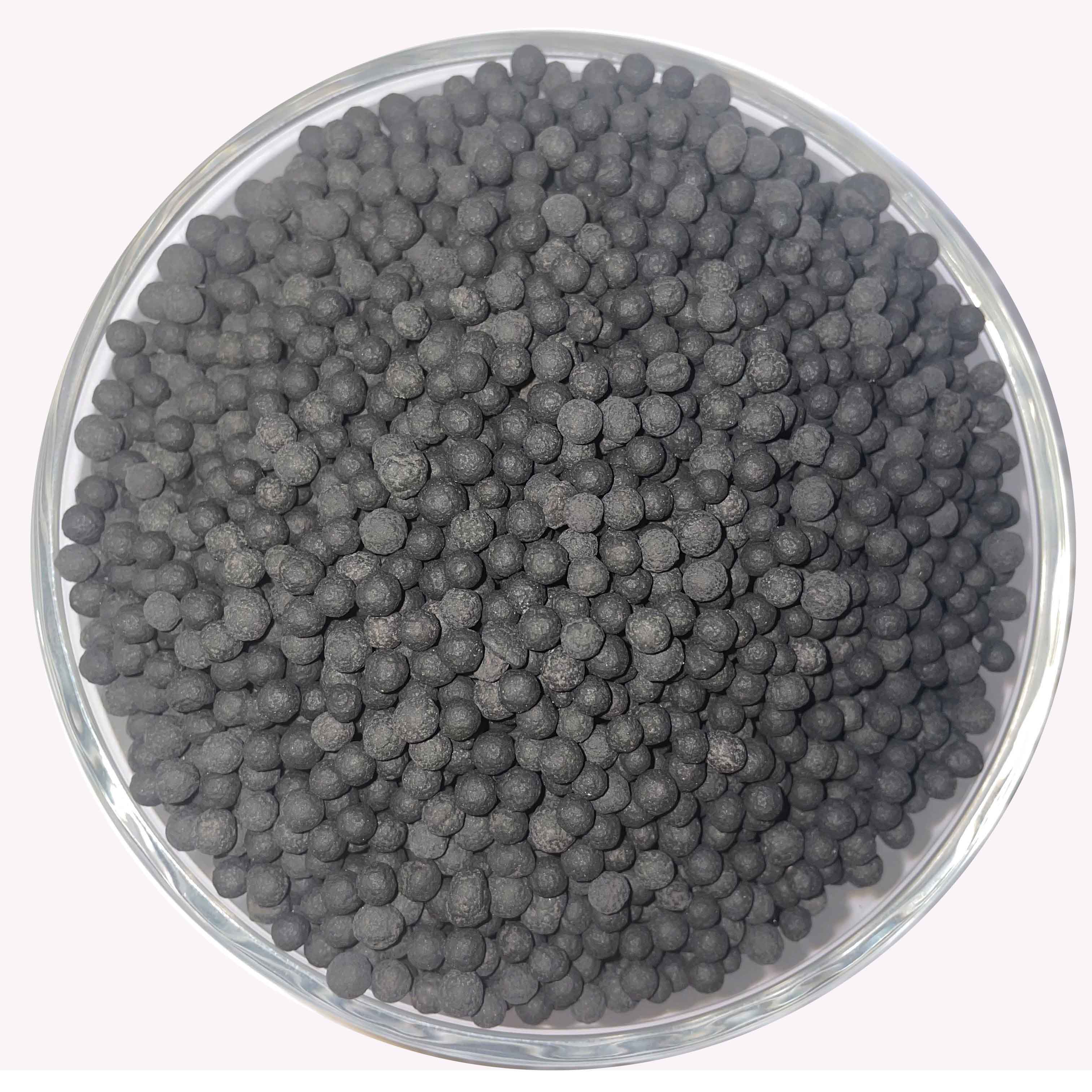
Dic . 28, 2024 08:22 Back to list
fe eddha
Understanding Fe% EDDHA The Key to Iron Nutrition in Plants
Iron is an essential micronutrient that plays a critical role in plant growth and development. However, its availability in soils can be significantly limited due to various factors such as pH levels and soil composition. This is where Fe% EDDHA (Ethylene Diamine Diacetic Acid) emerges as a vital player in enhancing iron nutrition in plants.
Fe% EDDHA is a chelated form of iron, meaning that the iron molecule is bound to EDDHA, a synthetic compound that keeps the iron in a soluble and bioavailable form. This solubility is crucial, especially in high pH soils, where iron tends to form insoluble compounds that plants cannot absorb. By providing plants with a readily available source of iron, Fe% EDDHA helps prevent iron deficiency chlorosis, a common issue that results in yellowing leaves and stunted growth.
One of the remarkable features of Fe% EDDHA is its stability across a wide range of pH levels. Unlike other iron fertilizers that can lose their effectiveness in alkaline conditions, Fe% EDDHA remains highly effective in soils with a pH greater than 7. This characteristic makes it particularly useful for crops grown in calcareous or alkaline soils, where traditional iron sources may fail to deliver adequate nutrition.
The application of Fe% EDDHA is straightforward. It can be applied through soil amendments or foliar sprays, allowing for flexibility based on the specific needs of the crop or the prevailing environmental conditions. As a soil amendment, it improves the overall iron profile in the soil, ensuring that plants can access this vital nutrient over time. Foliar applications provide a rapid response, allowing plants to quickly overcome symptoms of iron deficiency.
fe eddha

Fe% EDDHA is also advantageous due to its low toxicity, making it safe for both plants and the environment when used as directed. This is especially important in an age where sustainable farming practices are increasingly prioritized. Farmers seeking to achieve optimal plant health while minimizing chemical inputs can confidently use Fe% EDDHA as part of their nutrient management strategies.
Research shows that the use of Fe% EDDHA can lead to significant improvements in crop yields and quality. For instance, in fruit crops, enhanced iron nutrition results in better coloration and flavor profiles. Similarly, in leafy vegetables, sufficient iron levels contribute to improved photosynthesis and overall biomass production. Thus, investing in Fe% EDDHA not only addresses deficiencies but also boosts economic returns for farmers.
Moreover, the global agricultural landscape is evolving, with an increasing emphasis on precision agriculture. The targeted application of chelated nutrients like Fe% EDDHA aligns perfectly with this trend, allowing farmers to tailor their nutritional approaches based on specific crop requirements and soil conditions. This precision not only enhances productivity but also supports sustainable farming practices aimed at reducing waste and optimizing resource use.
In conclusion, Fe% EDDHA represents a sophisticated solution to the challenges of iron deficiency in plants. By providing a highly stable and bioavailable source of iron, it ensures that crops receive the essential nutrients they require to thrive. As the agricultural sector continues to seek sustainable and effective nutrient management solutions, EDDHA chelates such as Fe% EDDHA will play an increasingly important role in fostering healthy crop production and achieving high yields. With the right application strategies, farmers can harness the power of Fe% EDDHA to improve both their crop health and their bottom line.
-
Premium Organic Fertilizer Suppliers Bulk & Water-Soluble Solutions
NewsMay.15,2025
-
25-0-12 Fertilizer for Lawns & Crops Trusted NPK Supplier
NewsMay.15,2025
-
30 Nitrogen Fertilizer for Lawns - Best Organic Solutions Factories
NewsMay.15,2025
-
Potassium Polyphosphate Fertilizer Manufacturer High-Efficiency Crop Yield Boost
NewsMay.14,2025
-
Organic Potato Fertilizer Best Manufacturer & Supplier 2023
NewsMay.14,2025
-
Bulk NPK Fertilizer Supplier Custom Blends & Factory Direct Pricing
NewsMay.13,2025
